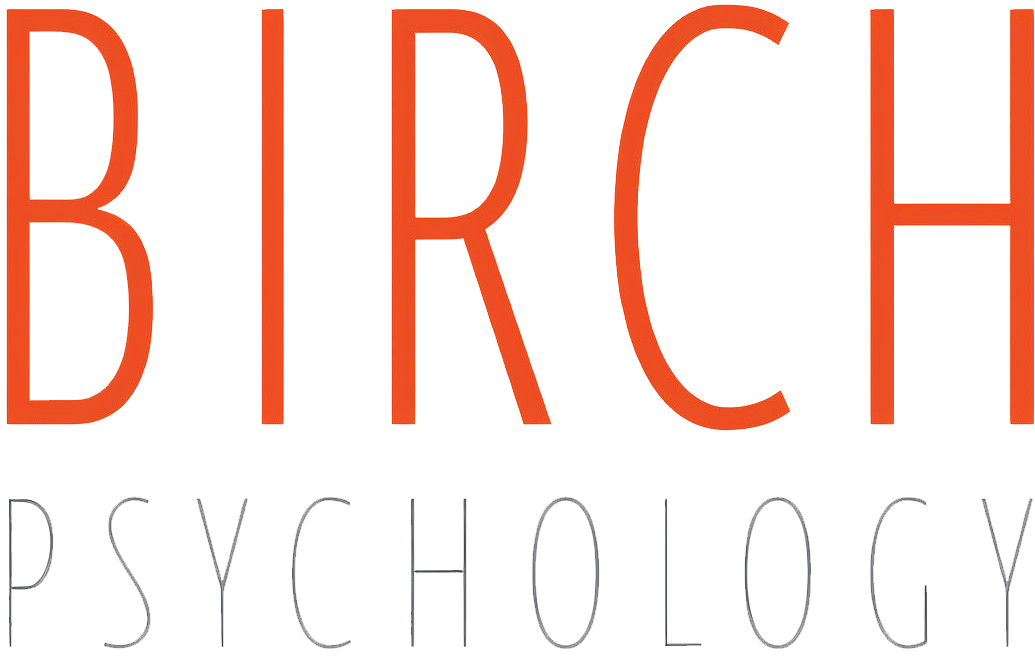Child's Play
I have an 11-month-old daughter. I was recently watching my mother play with her when I realized something. My mom plays with babies and kids in a different way than most. Maybe it’s because she used to be a kindergarten teacher. I’m sure she probably played with my brother and me in the same way, and we are both smart. I asked my father, who is a psychotherapist, about it and he agreed that she has a talent for it. So, I started watching her more closely.
The main thing I noticed is that there is constant education. Even though my daughter is too young to understand colors, shapes, numbers, and vocabulary words, my mom talks to her about them anyway. When I play with a set of stacking cups, I stack the cups. When my mom plays with the stacking cups, she names the color of each one as she stacks it. The next time, she counts them. She’ll stack them up and let my daughter knock them down, thus teaching cause and effect. She uses words like big, bigger, and biggest, small, smaller, and smallest. When my daughter hits two cups together to make sounds, my mom joins in with her own two cups and shows how many different sounds she can make by hitting the cups in different ways. All of this from one set of stacking cups! It doesn’t matter which toy it is. My mom uses it to teach.
Every day, she tells my daughter the names of shapes and colors. Instead of just handing her a block, my mom will say, “Do you want the yellow triangle or the blue star?” My mother also points to objects and pictures in books and states the word/name of each item. She often emphasizes the beginning sound of each word like, “Bear. b-b-b-bear,” so that my little one can be introduced to the idea of letter sounds.
My daughter isn’t old enough to understand all these concepts, but my mother says it’s never too early to start. In fact, she began reading books to her at one week old! She says that reading to babies demonstrates how to hold a book, which way to turn pages, which direction the words flow, and which is the front and the back. The baby may not understand the story but she’s learning concepts of print. At her current age, my daughter enjoys the pictures and is getting a feel for the rhythm of language…and understanding that books don’t taste very good.
I also noticed that my mother buys toys labeled for children older than my baby. We are, of course, careful with choking hazards. I would look at a shape sorter and think that my daughter isn’t old enough to play with that. But my mom looks at it and sees how to teach the colors and shapes. My baby likes to taste test each one. Then, my mom teaches her how to put the shapes in the bucket and how to take them out. They’ll stack them, knock them down, and hit them together. It doesn’t matter if she can’t determine which shape fits in which opening. That will come down the road. The same applies to books. My daughter isn’t ready to hear a bunch of words on each page. Instead, my mom will open to a page, point to the picture, and say the name of the object, in a fun, excited voice. Then, turn the page quickly and do it again. She’ll eventually want to hear the actual words, but it doesn’t mean she’s not ready to be “read” to.
When my mother is feeding my daughter lunch, she sings song after song. Songs about the months of the year, days of the week, colors, feelings, numbers, and letters. Supposedly it can be easier to learn information put to a song. For example, kids can sing the alphabet song, but it may be too early for them to know or understand all twenty-six letters of the alphabet. Therefore, songs are a good introduction to these concepts. And the two of them sure talk a lot together. My daughter babbles constantly by using many consonants mixed with vowels. My mother will repeat those sounds back to her, back and forth, as if they’re having a real conversation. They always talk to each other in the car as well, about where they’re going, what they’re going to do when they get there, what they see out the window. Constant conversation with vocabulary and common phrases.
I know my mother used sign language with my brother and me, before we were old enough to talk. Speaking words is at a much higher cognitive level than hand gestures. By giving babies a way to communicate with their hands, they can “say” what they want and need without screaming and crying. My mother is starting my daughter with basic words and phrases such as all done/finished, play/toys, more, help, please, food, drink, up, down, and out. We sign the word while saying it aloud. Then, we help her make the motion with her own hands, while saying the word aloud. And then we do whatever action the word implies. My mother always said that her children didn’t throw near as many tantrums as other children, because she’d given us a way to communicate our wants and needs.
New parents like me have a lot to learn, but I’m thankful I had a good role model. I find myself playing with my daughter with these same techniques. But the best part? My daughter doesn’t really know that play time is educational. She just has fun!
Kyndal Sims
Birch Psychology
